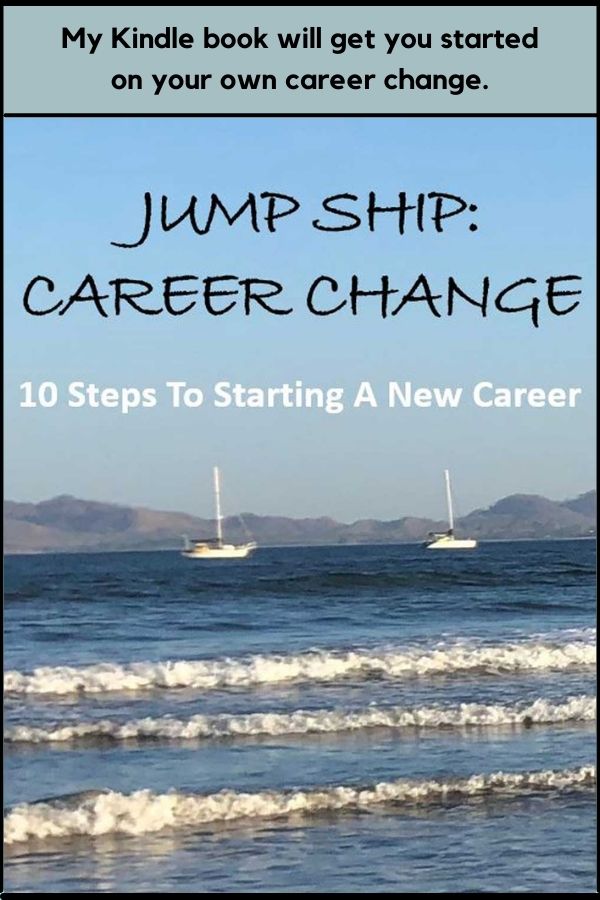If you’re looking for a new job, starting or growing your business, or even just looking to expand your network within your current company, you will need to meet new people.
How will you introduce yourself? You want to be brief, but also leave enough information that you pique the listener’s interest.
Here are 5 ways to introduce or “pitch” yourself at a professional conference, association mixer, or even a social event where other professionals will be:
Start with a shared experience
If you’re at a wedding, open with how you know the couple. If you’re at a conference, open with your affiliation to the organizer or your interest in the topic. If it’s a company mixer, mention your role, department or years at the company.
From this shared experience, you can share parts of your background that build from there. But you have already built rapport by starting with what you have in common. This is great for a career changer who may not want to associated himself with the role or company he no longer wants
Tell a client story
Instead of just listing your title and company, talk about who you serve: I’m an accountant with We Love Taxes. I prepare taxes for retail companies, mom and pop businesses, circus performers…. The more specific the better.
You can also drill down to one specific story: I am working with a retail store owner who came to us with a laundry bag full of receipts, invoices and other papers, and I created an electronic system that can now be accessed on her phone.
The client story is particularly useful if you’re a business owner and want to leave your listener with a clear idea of your value but without a sales pitch.
Use a before/ after structure
The laundry bag full of papers to a streamlined system on your phone is not just a client story, but also a before/ after story.
The before/ after can be a client’s result but it can also be what you brought to your role or department: I manage logistics for We Love Mail. The company used to spend over $1 MM on shipping costs, and my group figures out how to cut that cost in half.
A before/ after structure is accessible because it’s visual and the conversational structure prevents too much business jargon from creeping in. Creating a before/ after pitch also forces you to identify and specify the value you bring.
Focus on your expertise
This is the most traditional pitch in that you summarize the arc of your career – industry specialty, years of experience, and/or role you play: I’ve been in marketing most of my career – consumer products, luxury, and now retail. I work in direct mail or social media or brand management…
This is a dependable way of introducing yourself, and if you keep it concise, you’ll share a rich amount of information. One drawback is that many people use this pitch so you risk getting forgotten, especially in a crowded event like a conference where people are continuously meeting new people.
That same marketer could have said: I am the social media strategist for We Love Books. I build a community for booklovers to discover our store online; OR We had a pretty dormant Facebook page three years ago when I started so I put us on YouTube, Pinterest, and Facebook and now we a third of our customers hear about us first online.
Get personal
Most pitches rightly include professional history or accomplishments or results because people do expect this, so it’s a legitimate chance to share this. But an introduction is really about the start of a relationship. The professional sharing could come after.
You might try sharing something personal first – where you grew up, a cherished hobby, a side project you’re currently working on. If the personal nuggets engenders a genuine rapport and a chance to talk again later then it’s a good pitch to use. You might combine it with the shared experience: I’m a friend of the bride. We went to school together – elementary actually. I grew up in St. Louis and didn’t come to NYC till well after college…
Ideally, you create, then mix and match all of these pitches. You decide which to use based on the situation. You experiment, and use the ones that seem to resonate the best. You continually add – new client stories, new before/ after results, new ways to summarize your career, new personal tidbits to share. Make sure your networking pitch evolves as your career, skills and interests evolve.






